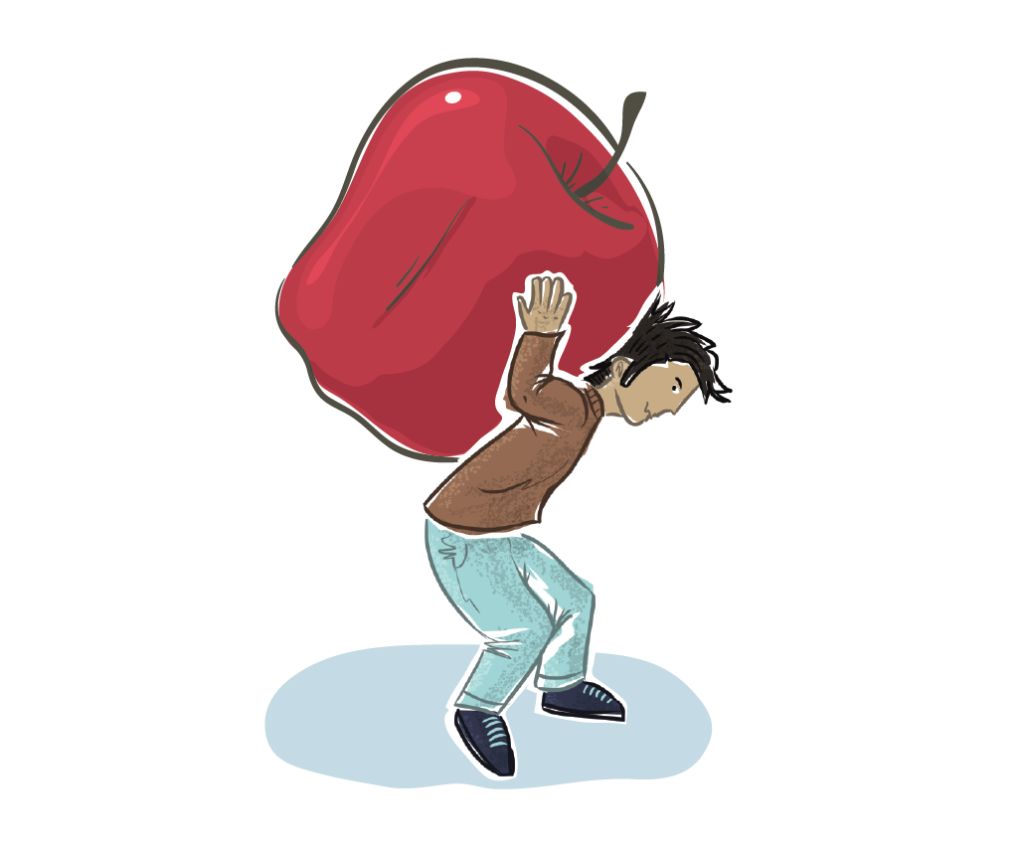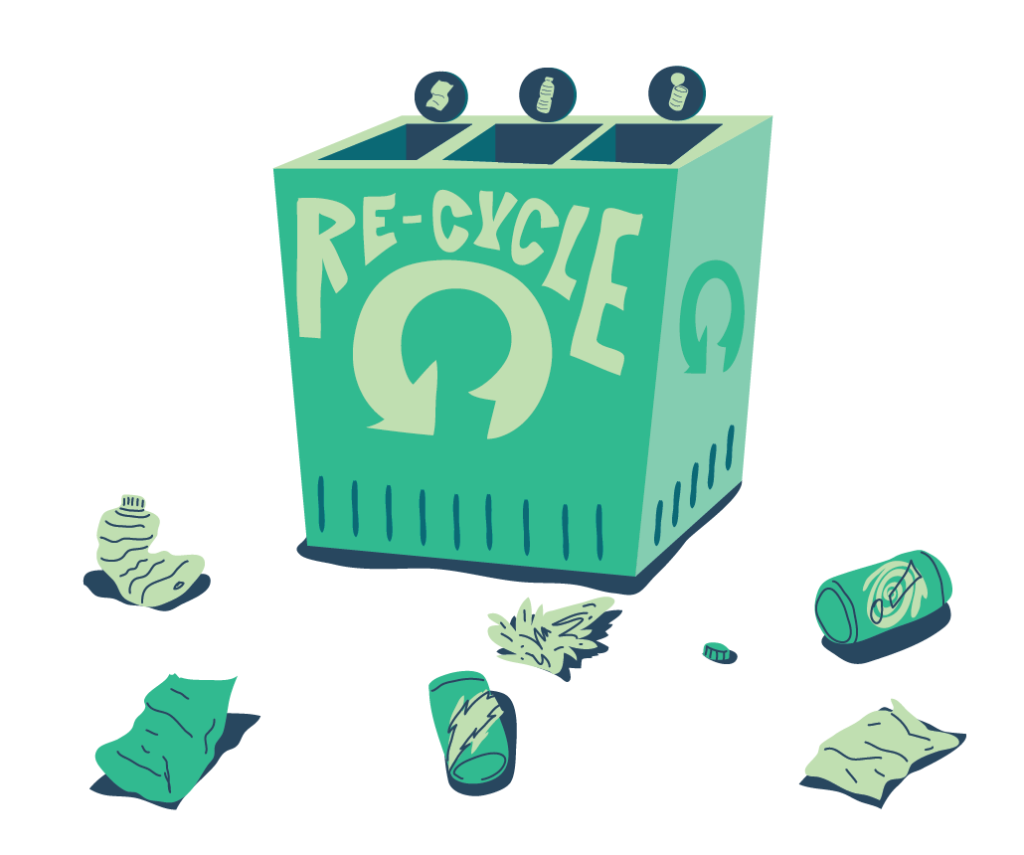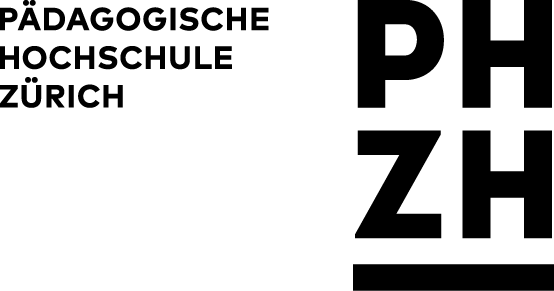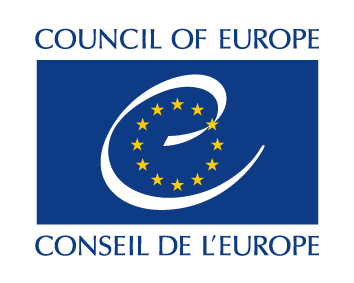Assessing wellness-related policies, safety, and protection in my Human Rights-Based school
Living Democracy » Principals » HUMAN RIGHTS BASED SCHOOL » Assessing wellness-related policies, safety, and protection in my Human Rights-Based schoolAwareness
Physical, mental, and social well-being are interlinked core factors for good learning results. The student’s good physical health promotes enrollment (particularly from the educationally more disadvantaged population), it reduces absenteeism and class repetition and furthers educational attainment. As to mental health, it is more than the absence of mental illness. Mental health is a state of well-being that allows people to pursue their learning potential, cope with normal stress, and remain connected with community and friends, which in turn contributes to social well-being.
In addition to increasing a person’s opportunity and choices in life, the promotion of physical wellness and mental health as an educational core function helps prepare students to:
- successfully navigate their educational journey,
- build resilience against adversity,
- develop proactive abilities for coping with physical and mental ill-health.
Moreover, it provides them with the skills and confidence to self-seek help for early intervention if necessary. (https://www.education.vic.gov.au/school/teachers/health/mentalhealth/Pages/promoting-mental-health.aspx August 21, 2020)

Although your responsibility for students’ general well-being is necessarily shared by other stakeholders, the schools must provide important guidance and positive influence in many domains through daily practice:
|
Preparation
What steps to take?
- Form a team to work with during the whole process. Start by jointly discussing an appropriate approach and review the list of indicators.
a. Select the ones you consider important for your school.
b. Add indicators you feel are missing.
c. Fill in the form with about ten indicators you find important. Be sure to choose some that you do well and some where you need additional development. - Prepare a team action plan and a time frame for a first assessment, which will be the starting point for the further development. Include in the assessment:
a. Pupils
b. Teachers
c. Other school staff
d. Parents
e. School board
f. Members of the community you may be cooperating with
g. … - Develop the action plan and the time frame. Make sure, they include
a. The school profile after the first assessment.
b. Steps you will undertake (in the next 6 months).
c. A second assessment to learn about the developments.

20 possible indicators for your school to assess health, safety, and protection in your school:
- School buildings and facilities are clean, safe, and regularly maintained.
- Clean and safe drinking water is available to all students and school staff.
- School food services (if in place) provide safe and nutritional food and comply with all hygiene rules.
- The school has and enforces policies to provide a safe physical environment with protection from physical and chemical risks that can threaten the safety and health of students and school staff.
- The school has and applies policies to train and has qualified teachers to administer simple health interventions in collaboration with health workers and the involvement of the local community.
- The school has and enforces policies, programs, and procedures designed to identify, prevent, and respond to bullying, harassment, violence, child abuse, and neglect that are understood and known by all members of the school community.
- The school has and implements skills-based health education, including the prevention of risky behavior in terms of substance abuse and HIV/AIDS.
- The school has policies allowing pregnant girls to remain enrolled, as well as encouraging them to return to school after childbirth.
- The school has and enforces policies prohibiting corporal punishment and promoting non-violent punishment as the acceptable disciplinary procedure.
- The school has policies and procedures to help teachers deal fairly and consistently with aggression and violence.
- Teachers do not resort to corporal or emotional punishment, or other aggressive behaviors to discipline students.
- The school discipline rules are practical and clear to everyone.
- The school has a code of conduct that defines how students are expected to behave.
- The school has and enforces acceptable policies on the safe use of the Internet, social media, and related ICT technologies.
- Students and teachers feel safe in school.
- School staff encourage students to care about each other.
- Students are confident that they will get help and support when they need it.
- The school integrates [life] skills-based health education in its curriculum. Students learn subject matters and skills that can be useful in real life in their locality.
- Life skills programs are adapted to meet local socio-cultural norms, values, and religious beliefs.
- The parents have an opportunity to discuss the school’s policies and codes of conduct, and they are invited to contribute to the school’s decision-making process.
Action
With your team, select 10 indicators from the list.
| Chosen indicators for health, safety, and protection | Status of this indicator in my school from 1 to 10. | Steps to be taken (collected by the discussion teams). |
| 1. | ||
| 2. | ||
| 3. | ||
| 4. | ||
| 5. | ||
| 6. | ||
| 7. | ||
| 8. | ||
| 9. | ||
| 10. |

- Based on the list above, prepare a handout or flipcharts to be given to all stakeholders included in the assessment process.
- Form roundtables with the different stakeholders (pupils, teachers, staff members, parents, board members, etc). The latter may meet on the occasion of a big school event, or scheduled meetings according to their availability.
- Have them discuss their assessment and their comments.
- Task them come up with proposals for improvement.
- Collect all comments and proposals in your team.
- Devise a clear and actionable master plan for the coming 6 to 12 months.
- Report the masterplan to all key players involved.
- Plan the next assessment period (Transparency comes first!).

